With the arrival of the autumn and winter vegetable production season, more cucumber, eggplant, pepper and other vegetable seedlings "lived" into the agricultural greenhouses, solar greenhouses, and grew happily under the care of light, heat, water and fertilizer, waiting for the market before the Spring Festival. . Here, the majority of farmers are reminded that in the early autumn, vegetables in the slow seedling stage are most prone to soil-borne diseases.
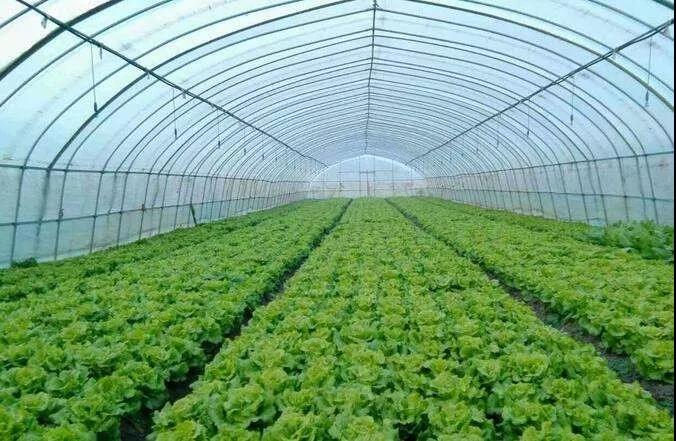
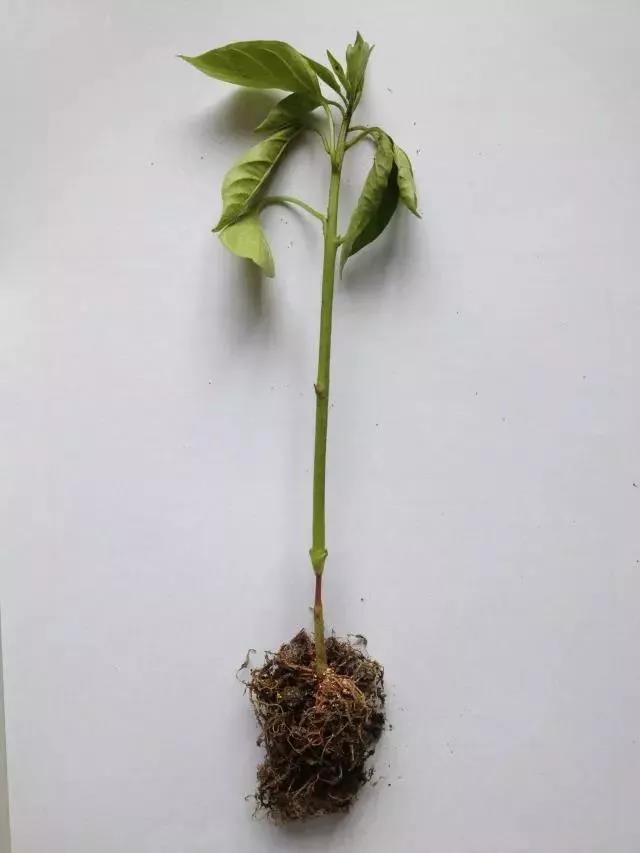
“The soil-borne diseases mainly occur in agricultural facilities, and the causes of diseases are mainly from repeated planting of the same crop. With the increase of multiple cropping years, soil-borne pathogens are gradually increasing.” Li Jinping, senior agronomist of the Beijing Plant Protection Station "At this time, the most common diseases are pepper blight, blight, strawberry root rot, etc."
Pepper seedlings with pepper blight, the base of the stem is water-soaked soft rot, causing the upper part to fall, mostly dark green, and finally collapsed or wilted; the same has been established for strawberries.
Whether it is a strawberry in the growing season or a pepper seedling that has just been planted, it is most vulnerable to attack from soil pathogens, and the onset of a single plant will also have a chain reaction. Therefore, once the disease occurs, effective control measures must be taken.
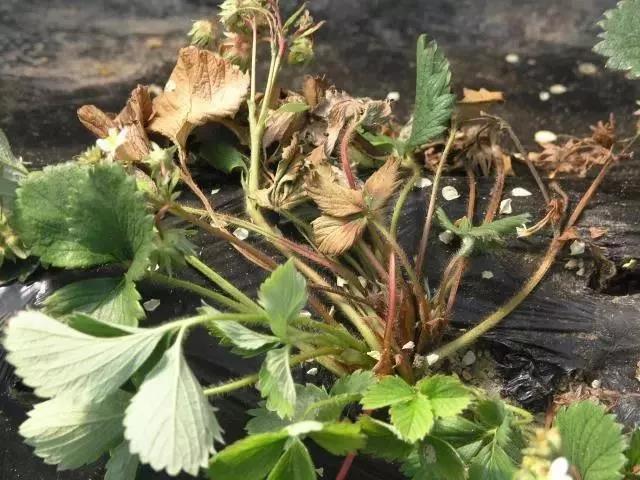
Control method
In the early stage of the disease, biological bacteria can be selected for prevention and treatment and prevention of healthy plants. In the middle and late stages of the disease, high-efficiency, low-toxic and low-residue chemicals can be combined for prevention and treatment. When the conditions permit, the application method can choose the concealed application method of the integrated water and fertilizer medicine. The advantage of this is that the position of the action is concentrated and the effect is obvious.
Example
Capsicum disease prevention and treatment method
Seed disinfection: use 50% enoylmorpholine wettable powder 2000 times solution or 20% flumorpholine wettable powder 1000 times solution plus 0.136% red 吲 吲 芸 芸 芸 可 可 wettable powder 5000 times liquid soak for 3 hours, take out After rinsing in cold water, germination is carried out.
Disinfection of seedling soil or substrate: 68% fine nail cream·manganese zinc water dispersible granules can be used for disinfection of seedling soil or substrate. Use 7-9 grams of preparation per square meter, add 15 kg of fine soil, mix well and mix to make the soil. Before planting, firstly lay 1/3 in the seedbed, and then cover 2/3 of the soil after sowing.
Preventive medication: First, colonization with medicine. Before applying for transplanting, the method of spraying the entire seedlings and roots of the seedlings with the liquid can be used, and 440g/L of refined nail and chlorothalonil suspension 800 times solution, or 68% fine nail cream·manganese zinc water dispersible granules can be selected. 800 times solution, or 10% fluthiazolidine ketone dispersible oil suspension agent 3000 times liquid and the like. The second is prevention after colonization. The key prevention period is after the transplanting of the peppers, the early flowering period, the rainy days before and after the rain and the water before the protection site. It is advisable to use different agents alternately, continuous control for 2 to 3 times, and the interval between medications is 7 to 10 days. When spraying, the liquid should cover the entire pepper and focus on the base of the stem. Old vegetable fields, especially peppers, should pay more attention to preventive medication.
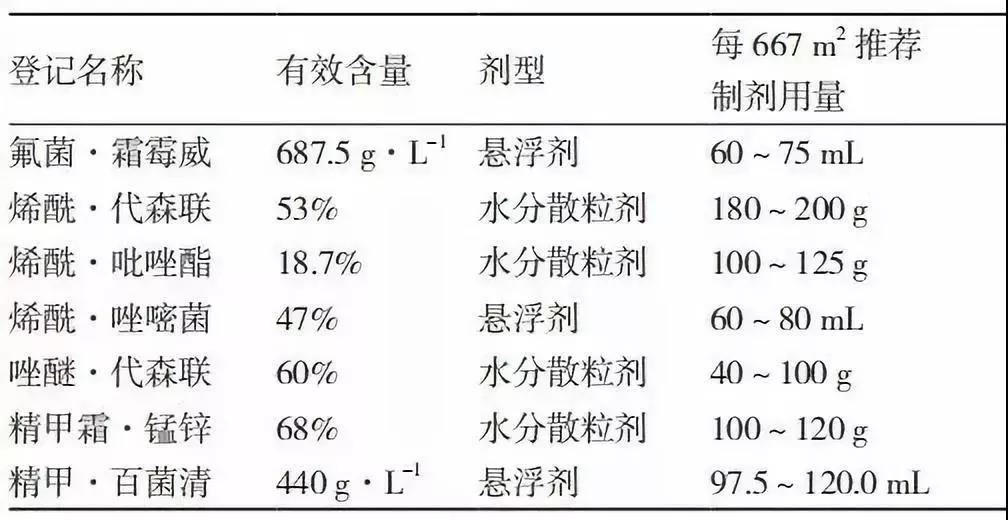
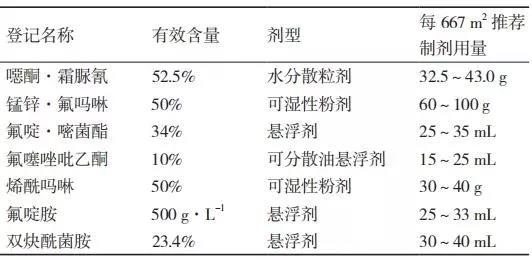
In the early stage of the disease: the central disease plant was found to be removed as soon as possible, and the drug control was carried out at the same time. When spraying, spray the non-infected area first, then spray the affected area. The ridge of the diseased plant and its adjacent ridges are the key control areas. For optional agents, see Table 1. Select the medium and high doses recommended for the drug depending on the condition. Pay attention to the different use of different drugs, continuous control 3 to 4 times, the drug interval is carried out according to the pesticide instructions, and the appropriate shortening of the drug interval can improve the control effect when the pests are serious.
Contact: Mr. Ma
Phone: +86-0374-5699688
Tel: +86-0374-5699688
Email: [email protected]
Add: Fine Chemical Industry Park, Jianan District, Xuchang, Henan, China